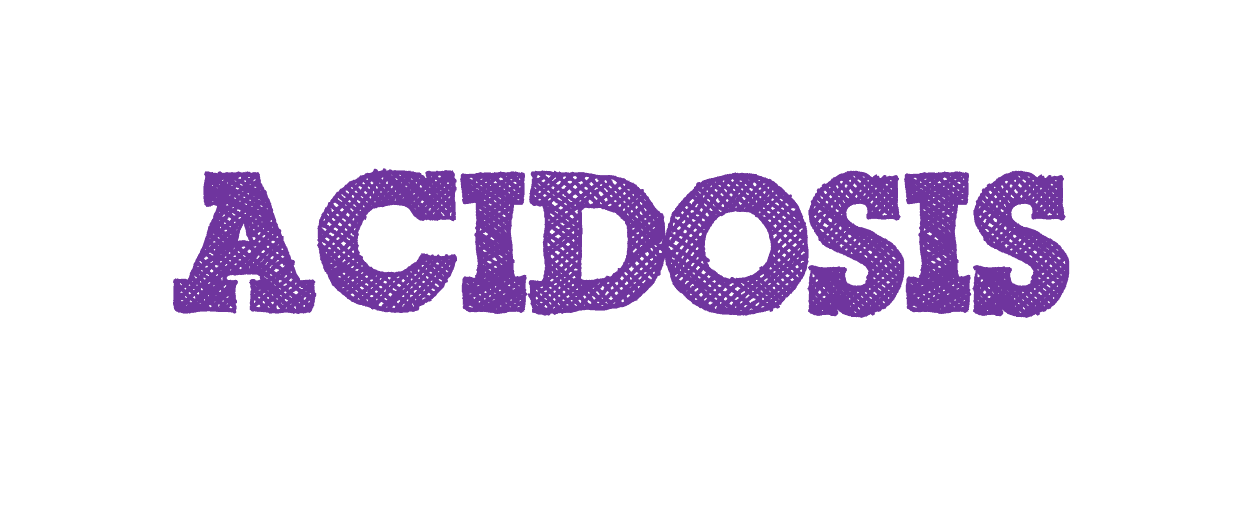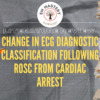CASE
A 30 yo woman is transferred to your emergency department from a smaller centre, where she had stayed overnight. The initial presentation was nausea and occasional vomiting for nearly a week. She has received 4 litres of Hartmans Solution overnight.
Your history and examination doesn’t uncover much more. She is a mother of 6 children, currently breastfeeding twins and has no past medical history. She has had no major symptoms apart from the nausea and she hasn’t eaten much in the last week.
Here initial results are as follows:
pH 7.083
pCO2 23.8
pO2 54
HCO3 7.1
Lact 1.04
Na 131, K 5.2, Cl 108, HCO3 7, Glc 6.6, U 2.6, Creat 7.6
GAS CALCULATIONS
The patient has an anion gap(131-108-7=16) metabolic acidosis, with (pCO2 =1.5×7 + 8 + 2= 20)almost complete respiratory compensation.
We can then use mnemonics such as CATMUDPILES to help make the diagnosis, or simply think of the most common causes.
The most causes of Anion Gap Metabolic Acidosis are:
Ketoacidosis
Lactic Acidosis
Renal Impairment
Toxins
The patient has a normal glucose, lactate and urea and the calculated osmol is 272.
Here is where the trap can occur. We can rule out the most common cause of Ketoacidosis, which is Diabetic Ketoacidosis, however we must remember that there are other causes including, alcoholic and starvation ketoacidosis.
The patient’s measured ketones were 7+.
DIAGNOSIS
The combination of starvation and lactation (a high energy utilisation process) had led to Lactation Ketoacidosis(1). Starvation Ketosis on its own, is usually a benign condition. Glucose levels are maintained by glyconeogenesis. As liver glycogen stores become depleted, the energy must come from ketone bodies.
TREATMENT
It is a simple matter of stopping breastfeeding for a few hours and getting some glucose. The patient received 25mL of 50% glucose and within 16 hours her acid-base status had almost totally normalised.
Think of this condition in:
- Lactating mothers who are unwell, or have diabetes(2)
- Lactating mothers who are fasting for a procedure
References
- Gleeson S et al. Lactation Ketoacidosis:An Unusual Entity and a Review of the Literature. Perm J, Spring 2016;20(2):71-73
- Hudak S et al. Ketoacidosis ina non-diabetic woman who was fasting during lactation. Nutrition Journal(2015);14:117
Peter Kas










